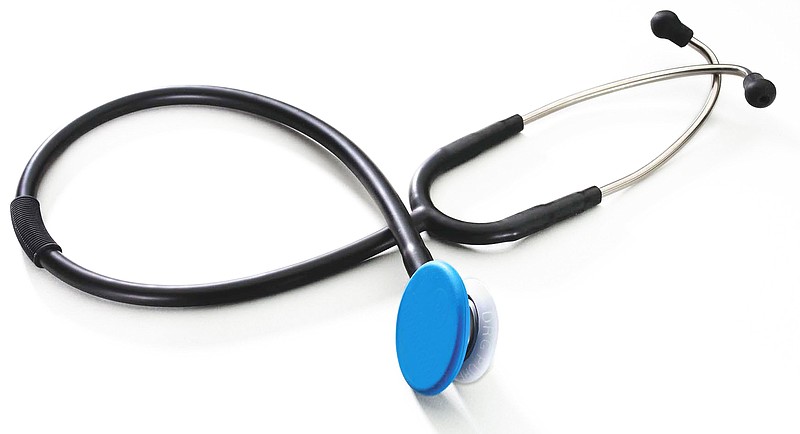Binge drinking represents a conscious effort to consume multiple alcoholic beverages within a short period of time with the goal of intoxication. Sometimes, the goal is a euphoric state. Some drinkers imbibe to unconsciousness.
For statistical purposes, a "drink" represents a 12-ounce beer (5 percent alcohol), an 8-ounce malt liquor (7 percent alcohol), a 5-ounce serving of wine (12 percent alcohol) or a 1.5-ounce serving of whiskey (80 proof or 40 percent alcohol).
Blood alcohol level (BAC) is expressed in milligrams of alcohol per 100 milliliters of blood. A BAC of 0.2 means that 0.2 percent of blood volume is alcohol. In the U.S., a BAC of 0.08 or above defines intoxication. Certain effects of alcohol appear at a lower BAC: relaxation, sleepiness, mild impairment of coordination. As BAC increases, a drinker may become aggressive, leading to a risk of injury to self or others. Judgment may deteriorate. Memory and coordination will be impaired. Driving skills will deteriorate.
A blood alcohol level of 0.08 or above defines "driving under the influence" for ages 21 and older. Any blood alcohol level for drivers under age 21 qualifies as DUI.
When the BAC exceeds 0.3, a drinker may lose consciousness. If he should vomit while unconscious, he may aspirate and die. Vital functions of circulation and respiration decline. Blood sugar may fall to a dangerous level. Fifty percent of adults will die if BAC reaches 0.4 or above. Because alcohol in the digestive tract will continue to be absorbed after consciousness is lost, a lethal BAC may be reached an hour or longer following the last drink.
Weight and gender are among the determinants of BAC. A 180-pound male will have a BAC of 0.08 after four drinks within an hour. A 120-pound female have a BAC at this level after two drinks within an hour.
Functional MRI scans after alcohol intake show that the cerebellum and frontal cortex of the brain are most impacted. The cerebellum controls balance and motor coordination. The frontal cortex is the seat of our judgment, executive skills and emotional controls.
In 2015, an estimated 88,000 Americans died as a consequence of alcohol consumption. Half of these deaths were attributed to binge drinking. Binge drinkers died from falls, auto accidents (10,265 died in crashes in which drinking was a factor), homicide and suicide, and acute alcohol poisoning. Some injured others, sometimes in alcohol-fueled rages.
An estimated 15 percent of Americans are binge drinkers. The majority are men, by a 3:1 ratio. They typically binge-drink four times a month, consuming an average of seven drinks per binge. Among high school students, almost 18 percent acknowledge binge drinking versus 25 percent for ages 18-24 and 26 percent for ages 25-34.
Each statistic related to binge drinking represents a person. A young man may take the wheel while intoxicated and cause an accident that kills or injuries him or his passengers or people in another vehicle. An inebriated college student may assault and kill his ex-girlfriend. Binge drinking may lead to a young woman giving birth to a baby with fetal alcohol syndrome. A young man may vomit and fatally aspirate after his drinking friends put him to bed after a night of binging.
We can ignore this epidemic and view the resulting deaths, injuries, assaults and damaged lives as collateral damage in a culture of youthful drinking. Or we can take legal and cultural steps to decrease alcohol intake.
Measures might include:
* Education. At every level of schooling, but especially in high school, educate students on the risks of early age and binge drinking. Re-enforce this at colleges and job-training sites.
* Reducing access to alcohol. Increase taxes on alcohol, and divert the revenues raised to education and treatment of alcohol-related disorders. Strictly enforce age limits for the purchase and consumption of alcoholic beverages.
* Advertising. Include prominent warnings of the danger of excess drinking in all televised and print ads for alcoholic products. The barely legible "Drink responsibly" warning at the bottom of current ads is inadequate.
* Increased penalties for those facilitating alcohol excess. Hold wait staff and proprietors of businesses that serve alcohol accountable if customers are served to levels of intoxication.
* Changing the culture on college campuses, clubs and in work environments to discourage binge drinking. Hold fraternities, sororities, and other associations accountable if members drink illegally or to excess.
This epidemic can be contained.
Clif Cleaveland, M.D., is a retired internist and former president of the American College of Physicians. Email him at ccleaveland@timesfreepress.com.

